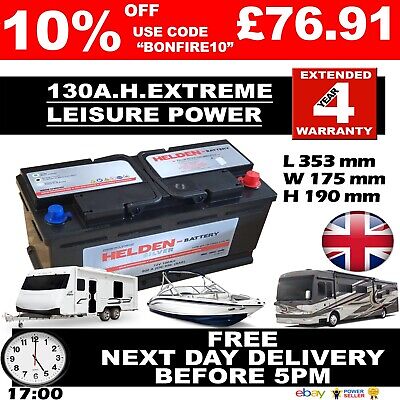marlowswindows
Well-known member
- Messages
- 509
Looking for recommendations for lesuire battery size from somebody with a system like mine.
Split charger installed.
Pure freedom electric reel
Shurflo pump with pump controller/ remote fob.
Usually work around 5-8 hours per day 4 days a week.
At the moment I'm running two leisure battery's with only one connected to the split charger.
Looking to go to one battery with it split chargering during the day but bench charging on a weekend during winter every two weeks in summer.
Tha ks in advance
Split charger installed.
Pure freedom electric reel
Shurflo pump with pump controller/ remote fob.
Usually work around 5-8 hours per day 4 days a week.
At the moment I'm running two leisure battery's with only one connected to the split charger.
Looking to go to one battery with it split chargering during the day but bench charging on a weekend during winter every two weeks in summer.
Tha ks in advance






